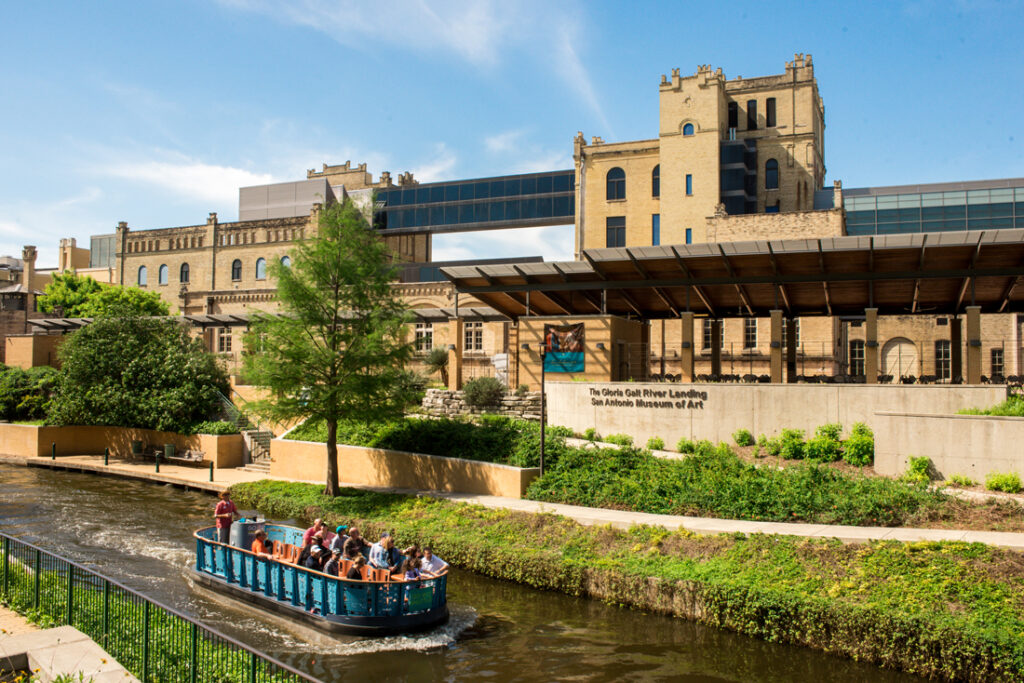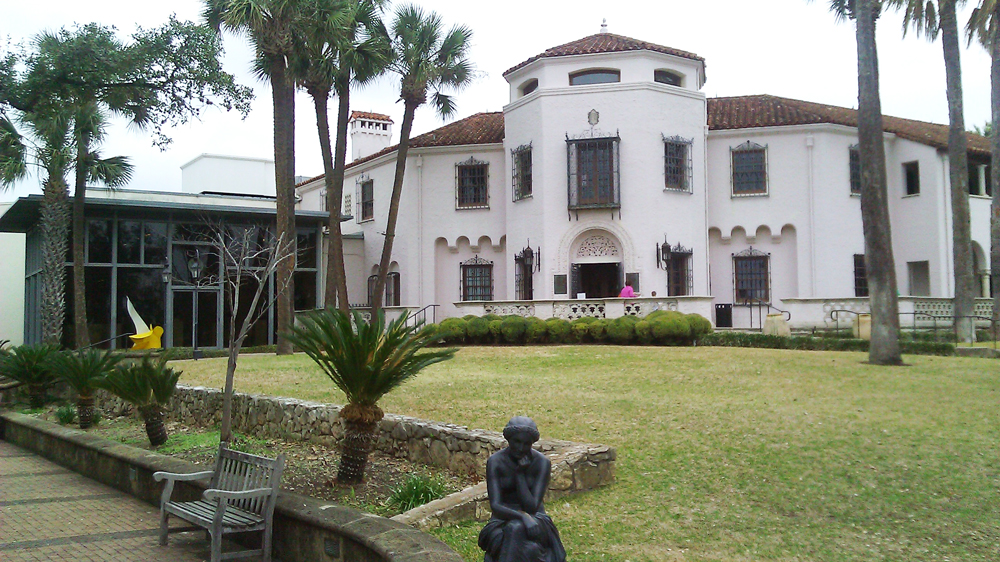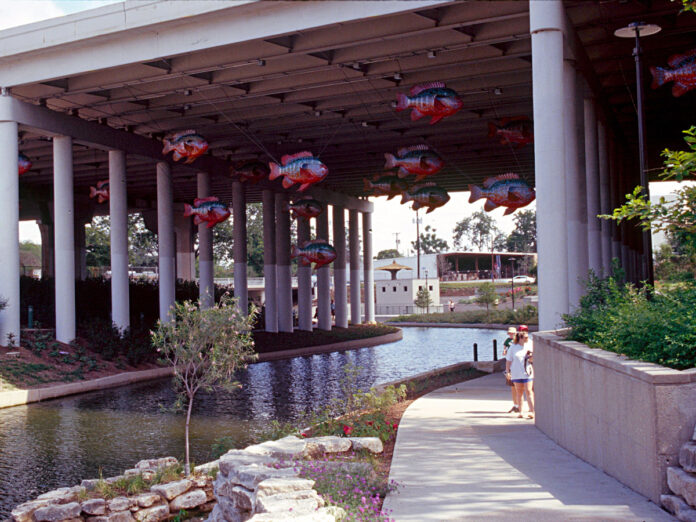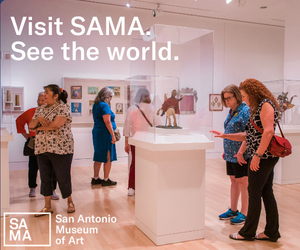One of the first and most delightful discoveries newcomers to the metro area make concerns the depth of cultural offerings that are available. Visual and performing artists—and the institutions that allow them to flourish—abound in this city and the metro area. San Antonio is an ethnic and racially diverse crossroad, and the result is a plethora of cultural riches.
Musical offerings range from the San Antonio Philharmonic featuring programs of classical and contemporary composers, a Pops series and a family-and children type series to large concerts staged by the touring shows of popular musical stars.
Dance performances range from Mexican folkloric ensembles at the Guadalupe Cultural Arts Center to touring companies staging full-scale ballets at the Carver Cultural Center, Arts San Antonio, the San Antonio Philharmonic’s “interactive Classics” series is perfect for families who wish to open doors to the enjoyment of classical music for young people. The sights and sounds of musical instruments, the delights of operatic voices, and the pageantry of dance are presented in five special programs at very affordable prices.
And 35 miles down the road and in its season, the professional Mid-Texas Symphony splits time between Seguin and New Braunfels. For the patron’s convenience, all Mid-Texas concerts begin at 4pm on Sunday afternoons.
Another family pleaser is the Children’s Fine Arts Series. In a year it offers ten regular programs of theater and puppet shows in the beautifully refurbished Empire Theatre downtown and in Laurie Auditorium on the campus of Trinity University.
Downtown is also where literary buffs will find stimulation. Gemini Ink, a literary center in that same area, offers weekly poetry reading and weekend classes and workshops, lunchtime lecture series, a dramatic reader’s theater as well as new internet classes. Its’ twice a year “Autograph Series” brings authors for readings and special classes.
Live theater is offered, with resident local companies at the Steven Stoli Playhouse. Original plays and performance art pieces are the staples of the Jump-Start Theater located on Fredericksburg Road.
The Southwest School of Art and Craft, housed in a unique complex of buildings and gardens that was originally the old Ursaline Convent and Academy for Young People, built in 1851 offers a wide array of classes for adults and children throughout the year. Ceramics, textiles, weaving, painting and design, jewelry and photography are just some class listings found in each of their fall, spring and summer catalogues. In addition, the school has exhibitions and guest lectures, bringing in world renown artists and craftspeople for special events.

The San Antonio Museum of Art is a repository of painting, sculpture and photography from around the world. Its’ large collections are diverse, containing Greek, Roman and Egyptian antiquities, Texas furniture and decorative arts. Mexican folk art and Spanish Colonial art and furniture.

The McNay Art Museum is a jewel of a museum, the first private museum to be incorporated in Texas. It has been compared with great American collections at the Phillips in Washington, the Barnes outside Philadelphia and the Frick in New York City. It has an extensive collection of contemporary paintings from the same period is exceptional. In addition, the museum houses world-class operatic and theatrical works of art.

Finally, the Witte Museum, the oldest museum and most beloved by natives, focuses on history and science, with occasional emphasis on photography and ancient art. Its popular show on the cave art of the Lower Pecos River area of South Texas has intrigued visitors with insights into the art and life of the long-ago. inhabitants of that area. Its H-E-B Science Treehouse, built on the back grounds, is full of hands-on participatory exhibits that delight young and old alike.
San Antonio and the surrounding area are an arts and culture eye-opening experience.









